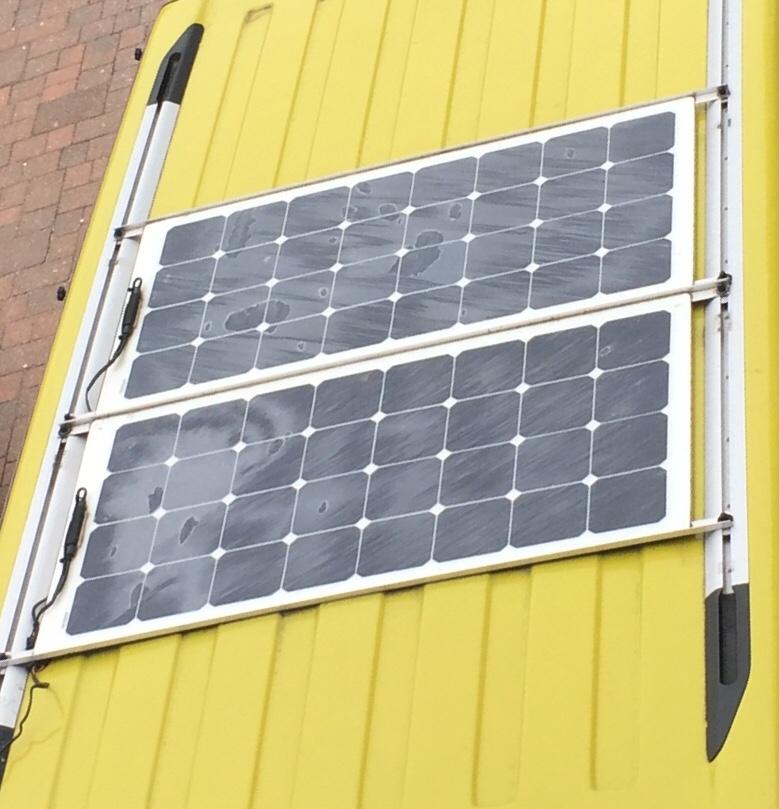MattBW
Here to help
Super Poster
Lifetime VIP Member
I agree with Briwy, 100w + is what you would need to extend your use for that period of time without issue. I have an 80w panel on my t25 and I can get 5 or 6 days from a 100ah battery without too much trouble as the panel slows the drain down. With a bit more panel I reckon I could generate more than I use.
It does depend how many leisure batteries you have though, and how warm it is (the fridge will work harder if its hot).
120w as per Julian should give you a longer stay I imagine.
It does depend how many leisure batteries you have though, and how warm it is (the fridge will work harder if its hot).
120w as per Julian should give you a longer stay I imagine.















